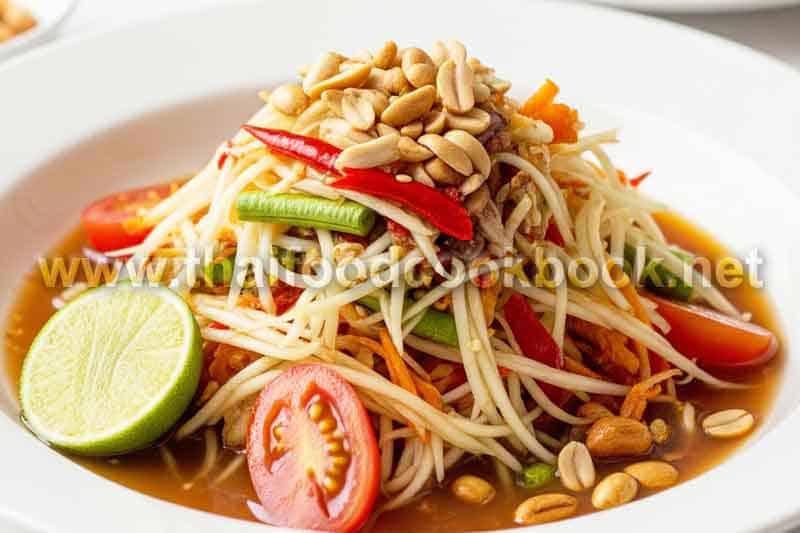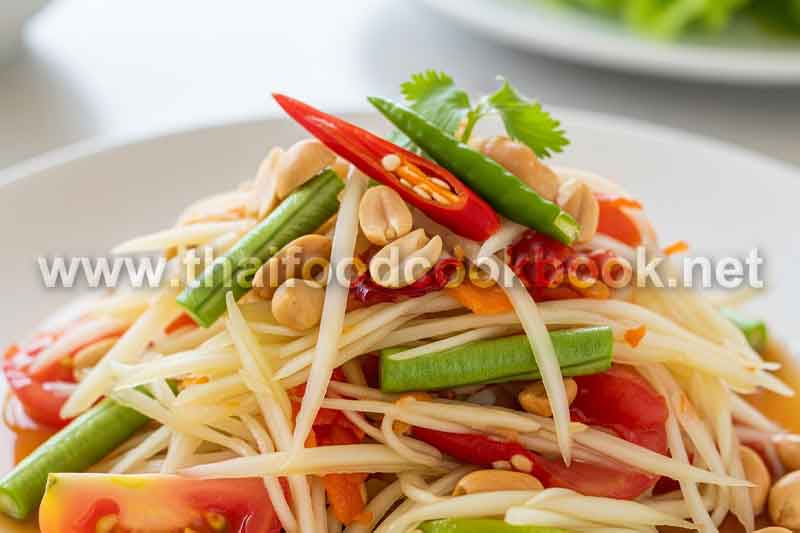Why my fried rice clumps / how to fix mushy fried rice
If you often ask yourself why my fried rice clumps, the answer usually comes down to excess moisture and improper rice preparation before stir-frying. Mushy fried rice generally happens when the rice is freshly cooked, still hot, and full of steam. Grains that are too soft stick together under heat and oil, forming a gluey mass instead of a fluffy stir-fry. Another common reason for clumping is adding too much sauce or liquid seasonings during cooking. To fix mushy fried rice, you must understand how starch behaves as it cools, how to prepare cold leftover rice properly, and which cooking techniques keep each grain separate. When you follow practices such as chilling your rice overnight, breaking up clumps before adding it to the wok, and stir-frying on high heat for a short period, your fried rice becomes light, dry, and pleasantly chewy—just like restaurant style. Learning the differences between cold day-old rice and freshly cooked rice is the first step toward preventing stickiness while improving overall texture.
Common mistakes that cause mushy fried rice
Fried rice turns soggy for several simple but fixable reasons. If you start with fresh rice, the trapped steam causes moisture build-up, which encourages clumping. Overstirring also breaks the grains and makes them pasty. Too much oil or liquid seasoning will coat rice unevenly and weigh it down, while insufficient pan heat prevents evaporation of excess moisture. The type of rice used matters as well—short-grain varieties naturally contain more starch and become gummy faster than jasmine or long-grain rice typically used in Asian stir-fry. Below are the most common mistakes beginners make:
- Using freshly cooked, hot rice instead of chilled day-old rice
- Adding too much soy sauce, oyster sauce, or broth
- Not pre-separating the grains before cooking
- Allowing the pan to be crowded, which traps moisture
- Cooking on medium or low heat instead of very high heat
The solution is less about adding more seasonings and more about preparation. Your rice must begin dry, cool, and fluffy before going into the pan. This is why professional cooks prepare a tray of rice, chill it uncovered in the fridge, and only stir-fry once the surface starch has firmed up. Cold rice behaves differently: the grains firm up, separate, and fry evenly when tossed in high heat.
Best techniques to fix sticky or clumped fried rice
If your rice is already mushy, you can still rescue it with a few simple steps. The key is returning some dryness and reducing surface starch before reheating. Spread the soggy rice on a tray and refrigerate or briefly freeze it to firm up the grains. In some cases, gently rinsing the mushy grains under cold water and drying them on a towel can help loosen the starch so they separate again. Once the grains are cool and dry, heat your wok until lightly smoking, add a minimal amount of oil, and stir rapidly. This quick exposure to high heat restores texture, while aromatics such as garlic and spring onion help rebuild flavor after moisture loss.
- Chill or freeze rice briefly to firm it
- Break clumps apart before adding oil
- Use high heat to dry and sear the grains
- Season lightly to avoid reintroducing moisture
- Stir quickly and avoid overcrowding the pan
Choosing the correct rice variety for fried rice is also essential—long-grain jasmine, basmati, or medium-dry leftover rice all fry beautifully when properly chilled. Use only a small amount of sauce at a time and incorporate it around the wok’s edges so it evaporates before soaking the grains. The goal is to coat—not soak—the rice.
How to prevent mushy fried rice in the future
Consistent fluffy fried rice comes from planning ahead. Cook rice earlier in the day or the night before, spread it thin on a tray, and leave it uncovered until cool so moisture escapes. When reheating, let the wok become blazing hot before adding rice so moisture evaporates instantly. Avoid low heat, which steams the grains and returns them to a sticky consistency. When adding vegetables or proteins, cook them separately first so they don’t release water directly into the rice. The cleaner and drier your base grains are, the more restaurant-quality the result will be.
Final summary and key takeaway
The main reason fried rice turns sticky is moisture—either trapped inside freshly cooked grains or added through excess liquid seasoning. The fastest solution is chilling rice before stir-frying, breaking clumps apart, and cooking over high heat to dry the grains. Using these techniques prevents soggy stir-fries and delivers that fluffy texture most home cooks want. If you want to explore more cooking science behind starch and moisture control, reading information from a trusted culinary reference such as food science can help deepen your understanding and refine your results in the kitchen.

